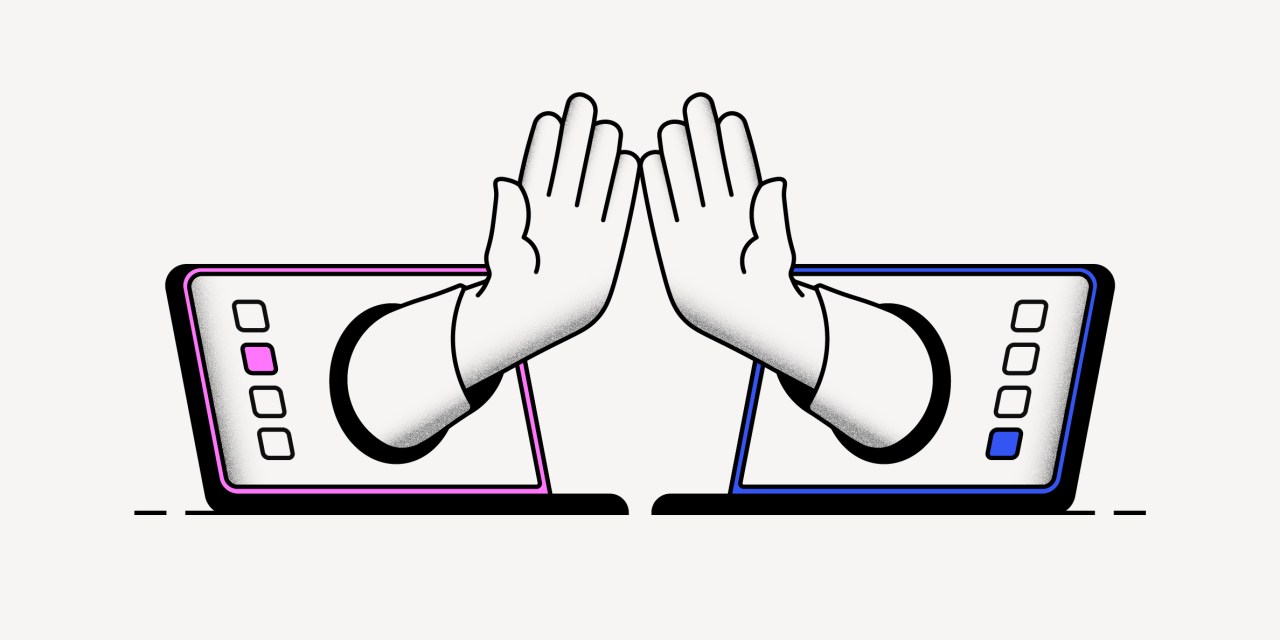‘Untapped workforces’: Remote work revolution opening doors for people with accessibility challenges

When he was 18 years old, Josh Basile’s life changed forever when a wave slammed him headfirst against the ocean floor, shattering his neck.
“That day I became a C4-5 quadriplegic paralyzed below my shoulders,” recounted Basile. Ten months after his injury in 2004, he founded a nonprofit called the Determined2Heal Foundation and, with it, the world’s largest video mentoring platform called SPINALpedia.com.
He ran his two foundations on a part-time basis while he gained a Magna Cum Laude degree from law school. He passed the bar not long after that and signed on with a prominent law firm in Washington, DC. Today he is a disability rights advocate, lawyer and community relations manager at artificial-intelligence-based web accessibility firm accessiBe.
Basile is one of 61 million people who live in the U.S. with a physical disability — equating to one in four adults, according to the Centers for Disease Control and Prevention (CDC.)
For him, the enforced work-from-home conditions required over the last two years, have had a hugely beneficial effect on his mental health and productivity, largely as a result of cutting out his commute.
“I have become more efficient and productive because I’m spending less time dealing with transportation and more time in more meetings which have opened up doors and opportunities within my career,” he said.
He estimates that he’s able to conduct five-times the number of conferences remotely than he would have held in a traditional office space.
Mobility issues are the most common disability, according to the CDC. And the daily commute remains a major barrier for people in wheelchairs partly due to high transport costs. “Wheelchair-accessible vans can cost $60,000-$120,000. Most cannot afford this,” said Basile.
Heather Kamper, director at the Colorado-based Center for People with Disabilities, agrees that a daily travel requirement is a potential obstacle for people with disabilities that could be overcome through remote work. That goes double for commuting to an office on days with extreme weather like heavy snowfall, when “getting to an office ranges from challenging to dangerous,” she added.
In 2021 the unemployment rate for people with disabilities was almost double that of people without a disability — 10% versus 5% — in data compiled by the US Bureau of Labor Statistics.
But the explosion in remote work has “evened the playing field” for people with disabilities, said Jess Stainbrook, executive director of the Colorado-based Invisible Disabilities Association, an advocacy group.
Basile also asserts there is a large untapped workforce of “people with disabilities that are hungry for work” — especially remote work.
“There are millions of people with disabilities with brilliant minds, work ethics and problem-solving skills that have been sidelined for too long because of workforce challenges,” said Basile.
He also argues that many jobs today are performed at home “is not an advantage for people with disabilities [but] rather a long-awaited opportunity to capitalize on.”
The growth in remote jobs also seems to be having a positive effect on the employment of people with disabilities. In April 2020, the disability unemployment rate stood at 18.9% while in January 2022, that figure had declined to 9.1%, although the Bureau of Labor Statistics assigns no specific reason for the drop.
And there are the bottom line benefits to consider. Basile cited studies showing adults with disabilities in the U.S. have a total disposable income of $490 billion. So it is in a company’s best interest “to become more accessible and inclusive… because it is a smart business opportunity, and it is the right thing to do,” he added.
There is however an economic factor that some disability advocates stress is wrong. Under federal law — the Fair Labor Standards Act — employers are permitted to pay “subminimum” wages to certain workers with disabilities.
A person who can be paid less than the Federal minimum wage ($7.25) is defined by the U.S. Labor Department as “one whose earning or productive capacity is impaired by a physical or mental disability, including those relating to age or injury.”
CEO of consulting firm Global Disability Inclusion Meg O’Connell slammed the statute as an “outdated law” and has pressed U.S. states to outlaw the practice. So far 10 have, “as people with disabilities continue to demand pay equity at every level,” she added.
Since the pandemic began, Basile thinks employers have come to realized that employees, including those with disabilities, can produce high-quality work while working remotely.
Josh also cited numerous research reports that have highlighted “workers with disabilities are natural problems solvers, highly motivated, extremely loyal, empathetic, friendlier and striving for consistency.”
All big advantages for businesses when considering what the disabled bring to the workplace: higher retention rates, lower absenteeism, increased productivity, and a more positive work environment.